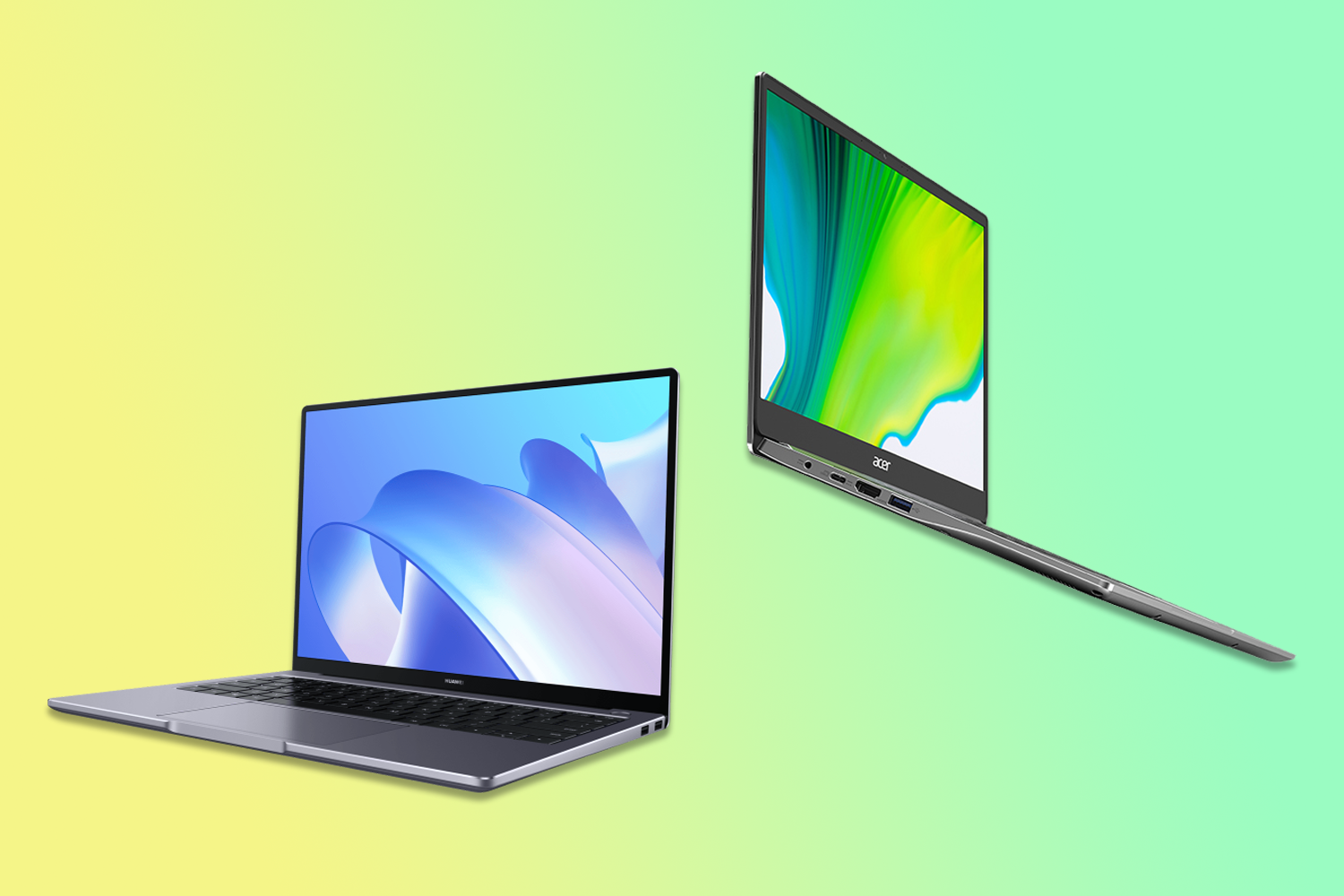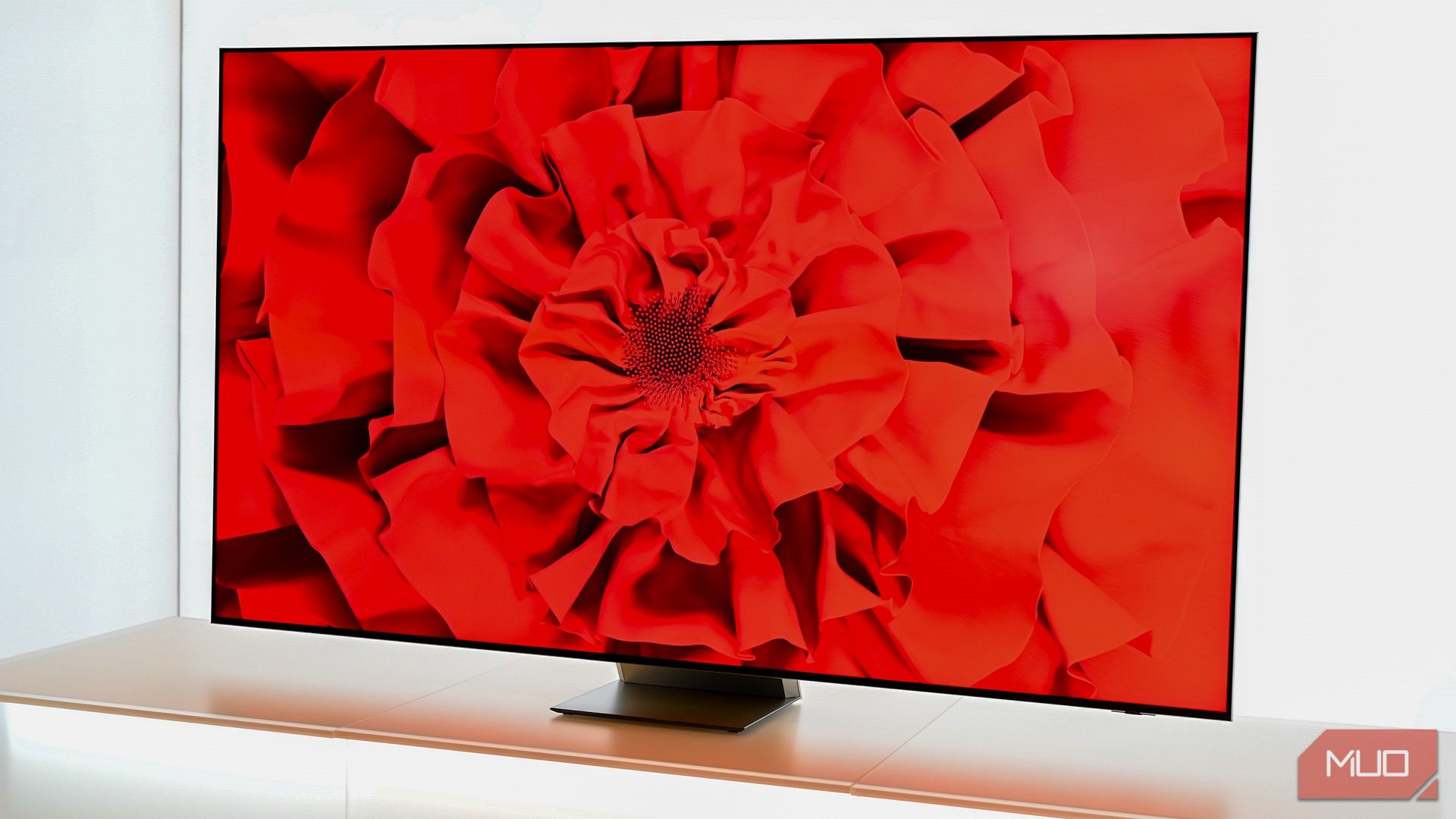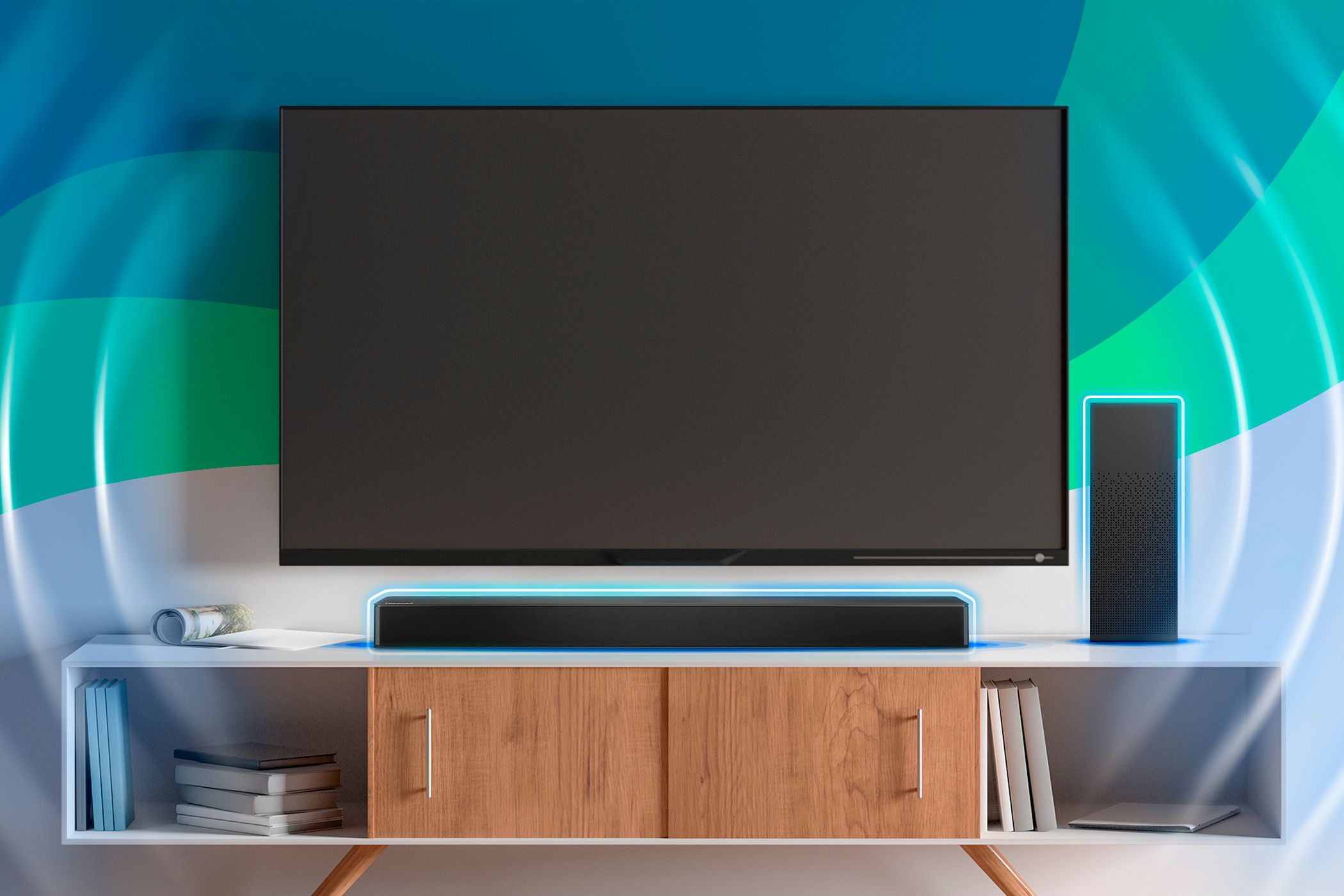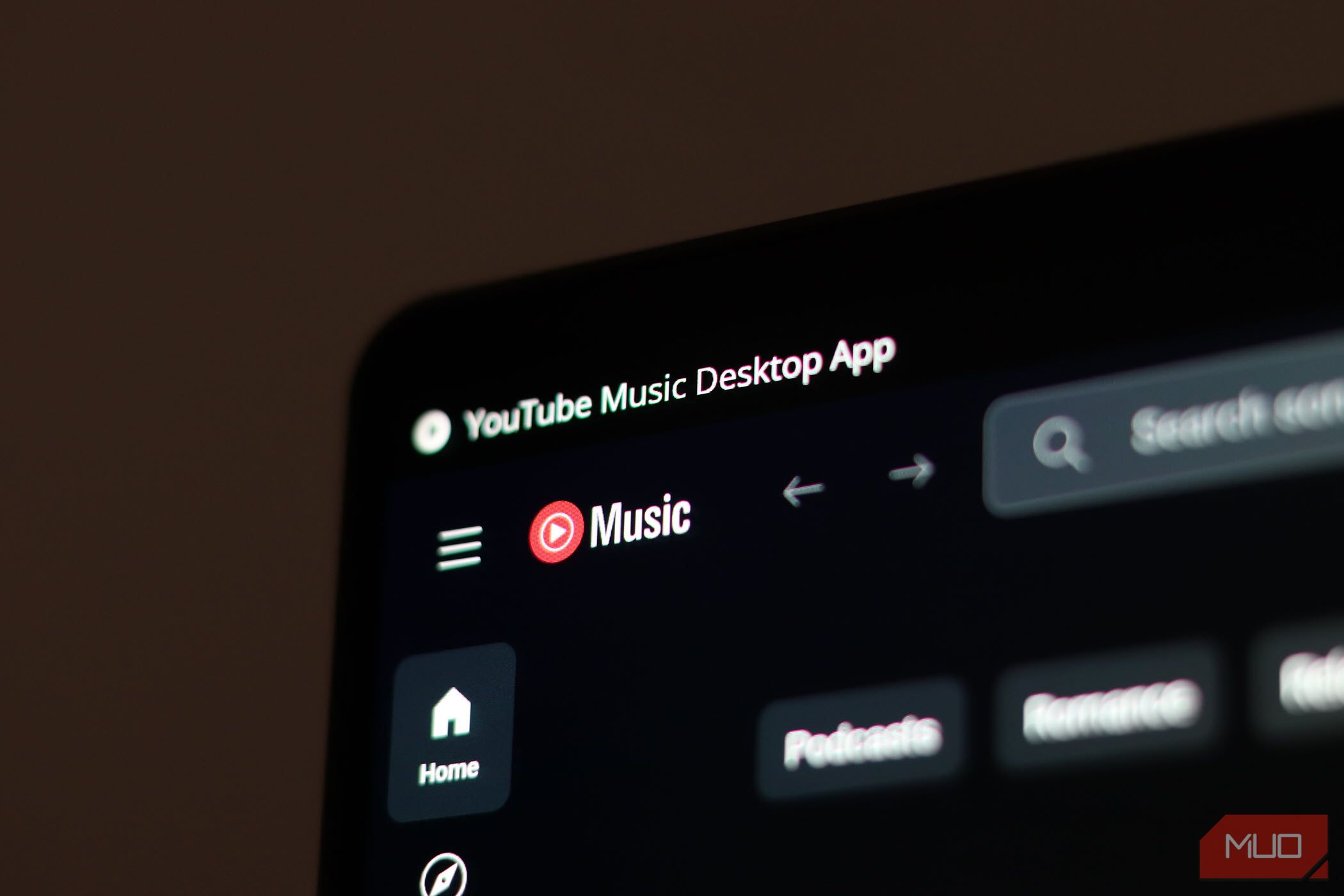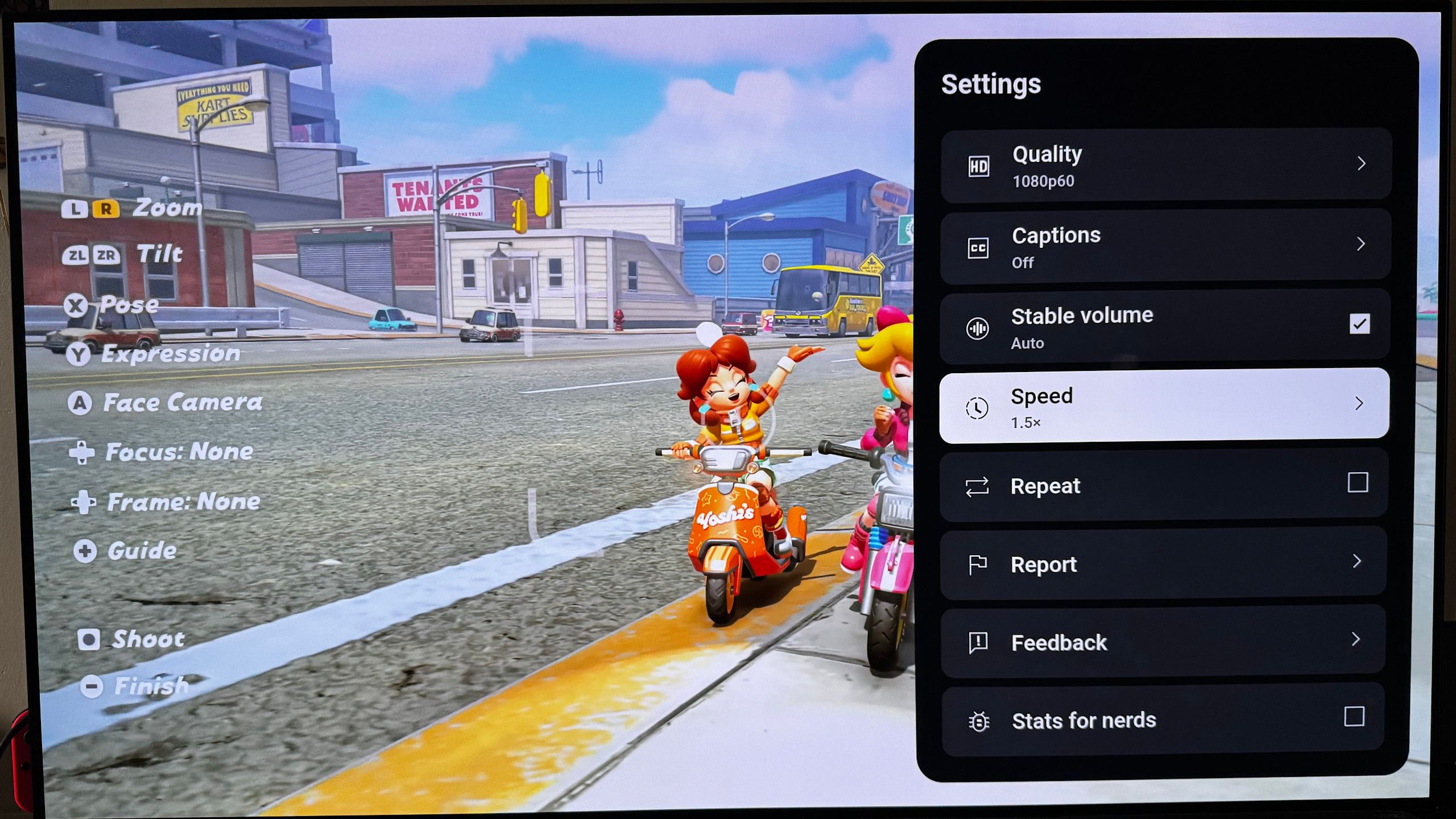Quick Links
-
Mini-LED vs. Micro-LED: What’s the Difference?
-
Micro-LED vs. Mini-LED: What Should You Buy?
Mini-LED and micro-LED are, in a sense, cousins. Under the hood, mini-LED and micro-LED aren’t that different, but when you begin to examine them closely, there are some significant differences.
Mini-LED vs. Micro-LED: What’s the Difference?
When you line up all the various TV types of technology, it all seems to act the same, but how the picture is displayed does differ. For example, LED and LCD screens use a combination of backlight and color filters, but the former uses light-emitting diodes, and the latter uses fluorescent lights. To make it more confusing, LCDs use LEDs, too.
Mini-LED is a branch of the LED-LCD tree. It’s still the same basic principle, just smaller and many more LEDs are involved. The LEDs in micro-LEDs are even smaller than mini-LED and don’t rely on a backlight. That key difference will become important later!
Brightness
When it comes to brightness, micro-LED displays can deliver exceptionally high peak luminance because each tiny LED is its own light source. Packing so many microscopic LEDs into a screen allows for intense brightness and vivid highlights while maintaining fine detail. It’s the same direct-view concept you see in stadium displays, but on a much smaller scale (stadium screens typically use larger, more widely spaced LEDs). Micro-LED gives you that powerful brightness in a consumer-sized TV without sacrificing resolution or color accuracy.
That’s not to say mini-LED isn’t bright—quite the opposite. Mini-LED screens use more, smaller LEDs than a standard LED-backlit TV, resulting in noticeably higher peak brightness and better contrast than traditional LED sets. While they can’t match the dazzling, pixel-level illumination of micro-LED, mini-LED panels still offer a striking bump in brightness and clarity over conventional backlit LCDs.
Contrast
Yet again, micro-LED displays will be notably better than mini-LEDs in terms of contrast ratio. As I mentioned earlier, micro-LEDs don’t rely on a backlight; instead, each LED has its own light, which can be turned off to create a truly black image. In fact, that ability is the key difference between OLED, LED, and LCD.
Mini-LED displays will still offer a significant boost in contrast compared to your typical LED TV. With more LEDs involved, displays can have far more local dimming zones, which in turn gives greater control over contrast.
Color
I think you can guess where this is headed. Micro-LED is going to have a superior color overall. Its nifty ability with self-emissive pixels really gives it that edge over mini-LED, though not quite as good as an OLED display.
Micro-LED vs. Mini-LED: What Should You Buy?
Mini-LED displays are going to be the better choice, and honestly, you probably don’t have much of a choice to begin with. For example, the few Samsung micro-LED TVs cost between $110,000 and $150,000. That’s as much as my house!
That’s not the case with a mini-LED display. Generally speaking, a mini-LED TV will cost less than an OLED, which makes sense, considering the latter offers a better overall picture.
In other words, micro-LED displays aren’t as practical to your average, everyday person. It’s incredibly expensive when scaled even to living room-size televisions. If you want to upgrade from an LED display, miniLED is the way to go or perhaps you should consider the pros and cons of miniLED and OLED, too.



